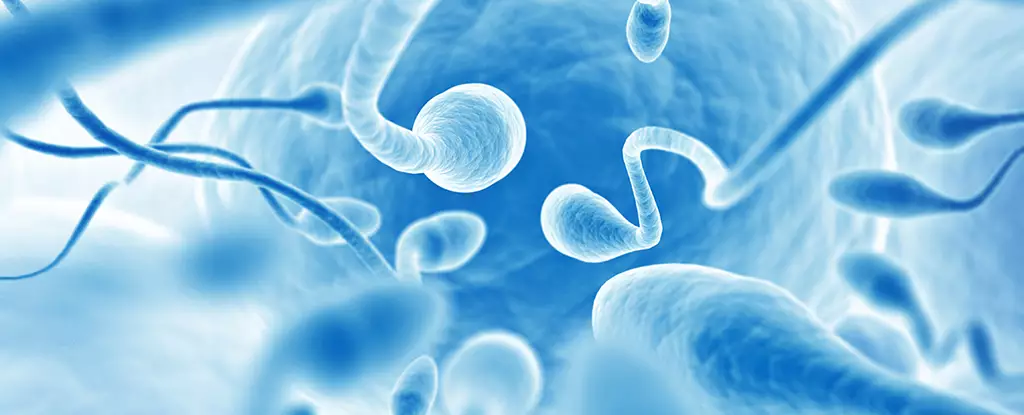As humanity sets its sights beyond Earth, the prospect of colonizing other planets introduces a host of complex challenges. Among these, the mechanics of human reproduction in microgravity environments remain poorly understood but are critically important. Recent studies led by a team from the Technical University of Catalonia and Dexeus University Hospital reveal significant insights into how microgravity affects human sperm.
The investigation involved 15 human sperm samples, each divided into two: one half was subjected to the familiar gravitational conditions on Earth, while the other half experienced microgravity during parabolic flights. The findings were striking, demonstrating an observable decline in both motility—the sperm’s capacity to move effectively—and vitality, which pertains to the number of live sperm capable of fertilization.
Although exposure to microgravity did not lead to a total loss of sperm viability, the study highlighted considerable detrimental effects on the sperm’s functionality. Specifically, it was noted that the curvilinear velocity, or the speed at which the sperm moves toward an egg, was significantly compromised under microgravity conditions. This decline raises critical concerns about the ability of sperm to successfully fertilize an egg in space, a fundamental requirement for successful reproduction.
Interestingly, certain sperm health parameters remained relatively unaffected by the microgravity exposure. Metrics such as DNA fragmentation, sperm morphology, oxidizing stress levels, and apoptosis did not exhibit significant changes. This offers a sliver of hope, suggesting that while microgravity disrupts motility, some aspects of sperm integrity might be retained, warranting further exploration of assisted reproductive technologies that could be employed in space environments.
The conclusions drawn from this study prompt a deeper inquiry into the biological mechanisms by which microgravity impacts sperm. Researchers speculate that shifts in chemical processes crucial for sperm health may underpin these observed effects. Furthermore, as we contemplate establishing human colonies on the Moon, Mars, or beyond, understanding reproductive viability in these environments is essential.
While sex and reproduction might not currently be a primary focus during space missions, the necessity of these functions becomes more apparent when considering the long-term sustainability of human life beyond Earth. Previous research on animals in microgravity has suggested potential hurdles in conception, echoing the nuances revealed in this study using human sperm.
As humanity embraces the future of extended space missions and space tourism, the implications of the findings become even more critical. The biological feasibility of human conception in microgravity raises questions not only related to natural reproduction but also to assisted reproductive technologies, such as in vitro fertilization (IVF). If we’re to establish self-sustaining habitats on other celestial bodies, addressing the challenges related to human reproduction will be paramount.
Space agencies and researchers are urged to prioritize further studies in this area to navigate the complexities of human biology in alien environments. A better understanding of how microgravity affects reproduction could inform strategies to mitigate impacts on sperm health and functionality, paving the way for new reproductive practices suited for life in space.
As we stand at the precipice of interplanetary exploration, grappling with the intricacies of human reproduction in microgravity becomes not just a scientific inquiry but a necessity. If we aspire to create flourishing communities on distant worlds, we must equip ourselves with knowledge and technology that can overcome biological hurdles inherent in such environments. The research emerging from studies like the one conducted by the Technical University of Catalonia serves as a vital stepping stone in the quest to understand and eventually facilitate human reproduction in the vast expanses of space. Only through continued exploration and experimentation can we hope to one day regard procreation in extraterrestrial settings as a possibility rather than an impossibility.

